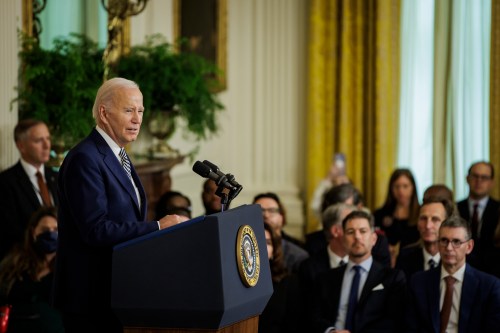Cyber Security Executive Confesses To Hacking Hospitals
 Vikas Singla, an ex-COO of the US cybersecurity firm Securolytics has confessed to hacking two US hospitals with the intention to generate business for the company he was working for. In Court, Singla admitted responsibility for attacking the hospitals in Atlanta, part of the Gwinnett Medical Center.
Vikas Singla, an ex-COO of the US cybersecurity firm Securolytics has confessed to hacking two US hospitals with the intention to generate business for the company he was working for. In Court, Singla admitted responsibility for attacking the hospitals in Atlanta, part of the Gwinnett Medical Center.
Singla’s actions disrupted the hospital’s printers, phone systems and a digitizer (a device that allows input of handwritten notes into a computer) which resulted in financial losses exceeding $800,000 for Gwinnett Medical Center.
According to Cybernews, as part of the incident that occurred in September 2018, Singla disabled several hundred ASCOM phones used by the hospital staff, severely affecting the hospital’s work. That same day, he extracted several hundred patient names, dates of birth, and other data that was attached to a mammography machine. He later hijacked 200 printers in both hospitals and started printing the patient names that he stole, followed by a message reading “WE OWN YOU”.
He subsequently attempted to generate publicity about the attack, including the bpublication of information obtained without authorisation from the digitizer, with the aim to generate business for his company.
Singla set up a Twitter account several days later to post dozens of messages claiming that Gwinnett Medical Center was hacked and exposed stolen patient details to prove his point. When the attack was complete, Securolytics emailed potential clients using the Gwinnett Medical Center hack as an example of inadequate security measures.
According to reports, prosecutors will recommend a sentence of 5 years probation, although the Judge can impose a maximum term of imprisonment of 10 years at a sentencing hearing scheduled in February next year.
Cybernews: Washington Post: New York Times: I-HLS: Bleeping Computer: Lemmy:
Image: ckstockphoto
You Might Also Read:
US Hospitals Knocked Offline For Weeks:
___________________________________________________________________________________________
If you like this website and use the comprehensive 6,500-plus service supplier Directory, you can get unrestricted access,…


